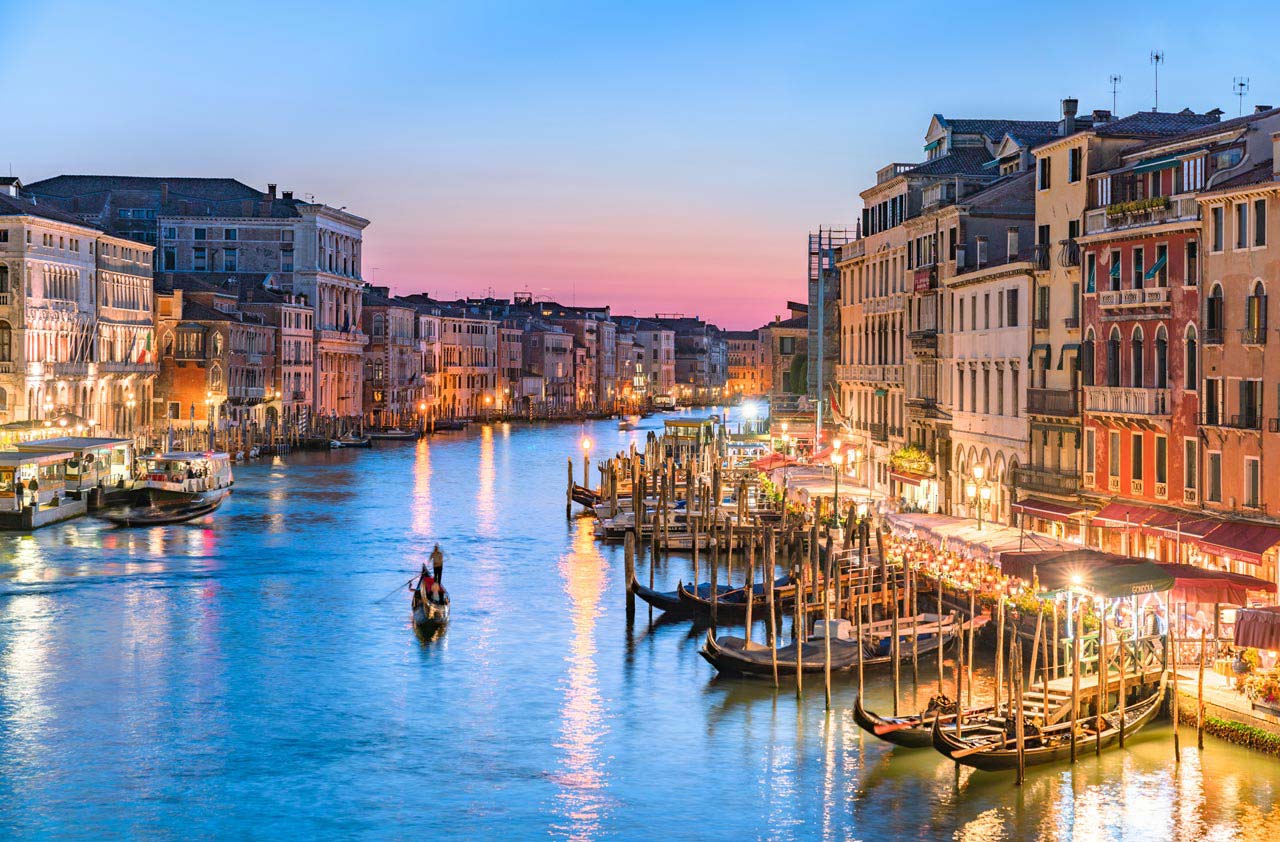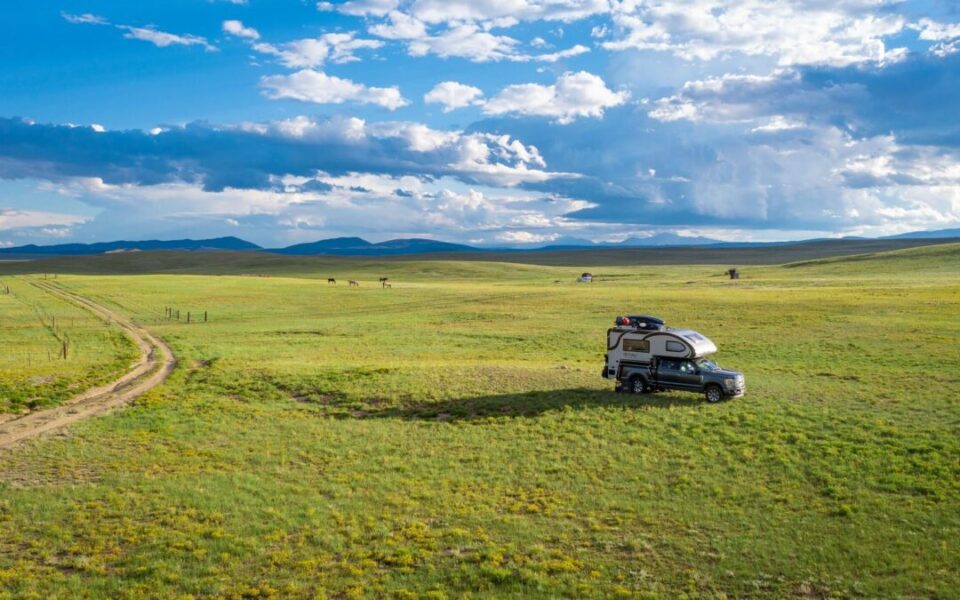Traveling during the off-season can be an incredibly rewarding experience, offering unique benefits and some challenges. Whether you’re a seasoned traveler or planning your first trip, understanding the dynamics of off-season travel can help you make the most of your adventures. In this blog post, we’ll delve into the many advantages of off-season travel, while also discussing potential hurdles and how to overcome them.
Benefits of Off-Season Travel

1. Lower Costs
One of the most compelling reasons to travel during the off-season is the significant cost savings. Airlines, hotels, and tourist attractions often lower their prices to attract visitors during slower periods. This means you can stretch your travel budget further, potentially upgrading your accommodations or extending your trip without breaking the bank.
For instance, a five-star hotel that charges premium rates during peak season might offer substantial discounts during the off-season. Similarly, flights are generally cheaper, and you might even find last-minute deals that make spontaneous trips more feasible. These savings can add up, allowing you to experience more destinations or indulge in special activities like guided tours or fancy dinners.
2. Fewer Crowds
If you’ve ever visited a popular tourist destination during peak season, you know how overwhelming the crowds can be. Long lines, packed streets, and crowded attractions can detract from the enjoyment of your trip. Off-season travel, on the other hand, offers a more relaxed experience.
Imagine exploring Rome’s Colosseum without jostling through throngs of tourists or walking along the serene beaches of Bali with plenty of space to yourself. Fewer crowds mean shorter wait times, more opportunities for quiet reflection, and better chances to connect with locals who aren’t inundated with tourists. It also allows for more authentic and meaningful interactions, enhancing your overall travel experience.
3. Better Photo Opportunities
Travel photography enthusiasts will appreciate the unique opportunities that off-season travel provides. With fewer people around, you can capture iconic landmarks, natural landscapes, and cityscapes without the distraction of large crowds. This can result in more picturesque and personal photos.
The lighting conditions might also be different, providing unique and moody atmospheres that are perfect for photography. Whether it’s the serene, misty mornings in the Scottish Highlands or the vibrant autumn foliage in New England, off-season travel offers a treasure trove of photographic opportunities.
4. Authentic Local Experiences
Traveling during the off-season often means that locals have more time and energy to engage with visitors. This can lead to more authentic and enriching experiences. Whether it’s chatting with a shop owner in a quiet village, enjoying a leisurely meal at a family-run restaurant, or participating in a local festival that isn’t overrun with tourists, these interactions can provide deeper insights into the culture and way of life of your destination.
Additionally, off-season travel might coincide with local events and traditions that are less commercialized and more genuine. Experiencing these events can provide a unique perspective that is often missed during the peak tourist season.
Challenges of Off-Season Travel

1. Unpredictable Weather
One of the primary challenges of off-season travel is dealing with unpredictable weather. Many destinations have off-seasons because the weather conditions are less than ideal. This could mean rain, cold temperatures, or even the risk of hurricanes or other natural disasters.
To mitigate this, it’s essential to pack appropriately and be prepared for a range of weather conditions. Bringing versatile clothing, waterproof gear, and staying updated on weather forecasts can help you stay comfortable and make the most of your trip regardless of the weather.
2. Limited Services and Attractions
Another challenge of off-season travel is that some services and attractions may be limited or closed. Restaurants might have shorter hours, tour operators may not run regular trips, and some attractions might undergo maintenance or renovations.
Researching in advance and planning your itinerary with flexibility can help you navigate these limitations. Look for alternative activities or lesser-known attractions that might still be open. Sometimes, these off-the-beaten-path experiences can be the most memorable.
3. Potential for Limited Transportation Options
During the off-season, transportation options might be more limited. This could mean fewer flights, reduced public transportation schedules, or less frequent ferry services. This can make getting to and around your destination more challenging.
To address this, plan your travel logistics carefully. Book transportation in advance when possible and consider renting a car to give yourself more flexibility. Having a backup plan and being open to changes in your itinerary can also help you handle any transportation hiccups that arise.
4. Social and Cultural Adjustments
Traveling during the off-season can also require some social and cultural adjustments. In some destinations, the pace of life slows down significantly, and you might find that locals are more focused on their daily routines rather than catering to tourists.
Embracing this slower pace and adjusting your expectations can lead to a more immersive and enjoyable experience. Take the opportunity to learn from the locals, participate in everyday activities, and appreciate the destination from a different perspective.
Making the Most of Off-Season Travel

1. Research and Planning
Thorough research and planning are crucial for successful off-season travel. Start by understanding the typical weather patterns, local events, and any potential closures during the off-season. Use online resources, travel guides, and forums to gather information and advice from other travelers who have visited during the same period.
2. Pack Smartly
Packing smartly for off-season travel means being prepared for a variety of weather conditions. Layering is key, as it allows you to adjust to changing temperatures. Bring waterproof clothing, comfortable walking shoes, and any specific gear you might need for your activities.
3. Stay Flexible
Flexibility is your best friend when traveling during the off-season. Be open to adjusting your plans based on weather conditions or unexpected closures. Having a flexible itinerary allows you to take advantage of spontaneous opportunities and reduces stress if things don’t go exactly as planned.
4. Embrace the Local Culture
Finally, embrace the local culture and lifestyle. Off-season travel offers a unique chance to experience destinations in a more authentic way. Engage with locals, try regional cuisine, and participate in cultural activities. These experiences will enrich your trip and create lasting memories.
Conclusion
Traveling during the off-season comes with its own set of benefits and challenges. While you might encounter unpredictable weather and limited services, the advantages of lower costs, fewer crowds, and more authentic experiences often outweigh the drawbacks. With careful planning, a flexible mindset, and a willingness to embrace the local culture, off-season travel can be a truly rewarding way to explore the world. So next time you’re planning a trip, consider venturing out during the off-season—you might just discover a whole new side to your favorite destinations.

